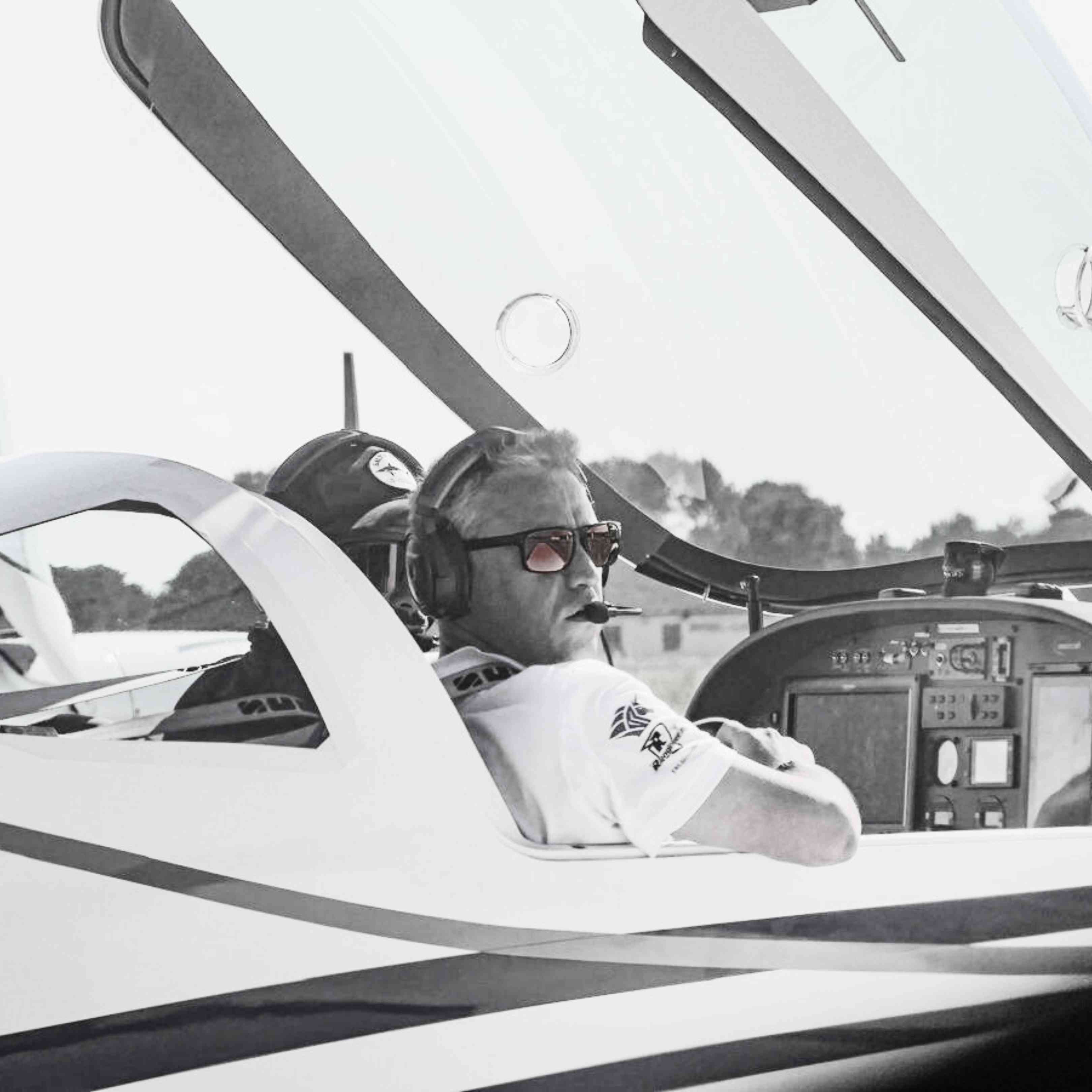In the aviation business, trip protection is paramount, and every aspect of an aircraft's style represents an essential role in ensuring that safety. One of the substantial developments contributing to increased airplane performance and reliability is injection ulm technology. This informative article examines how energy treatment methods increase journey protection and overall aircraft performance.
Detail Gasoline Supply
At the primary of energy shot technology is its capacity to deliver gasoline with exceptional precision. Unlike standard carbureted programs, which could suffer from inconsistencies because of height and heat changes, fuel shot techniques quickly change the fuel-air mixture centered on real-time conditions. This detail guarantees maximum combustion, resulting in more effective motor performance and a diminished threat of engine disappointment throughout important phases of flight, such as for instance takeoff and landing.

Improved Motor Answer
Rapid and responsive engine performance is needed for pilots, specially in emergency situations. Fuel treatment techniques provide immediate accelerator response, allowing for simpler velocity and deceleration. In critical instances, such as for example avoiding limitations or answering sudden temperature improvements, a dependable and open motor may make all of the difference. The increased motor reaction facilitated by gas injection assists pilots maintain better get a handle on and increases situational attention, finally adding to journey safety.
Increased Gas Effectiveness
Gasoline effectiveness is not really a matter of price savings; it immediately influences flight protection as well. With energy shot engineering, plane may improve their detailed range and reduce steadily the frequency of gasoline prevents, reducing the chances of operating low on fuel throughout long flights. Additionally, more efficient gasoline consumption means that aircraft may work at optimum fat and balance, more increasing performance and safety.
Decreased Emissions and Environmental Influence
Modern aviation is significantly dedicated to sustainability, and gasoline shot engineering represents an essential role in reducing emissions. By ensuring complete combustion, these systems minimize dangerous exhaust emissions, contributing to a solution environment. Not merely does this align with regulatory criteria, but it also shows a responsibility to responsible traveling, selling a confident picture for the aviation business as a whole.
Trusted Performance Across Problems
Gas treatment systems are designed to perform easily across a wide range of functioning conditions. Whether traveling at large altitudes or in fluctuating temperatures, these methods adjust to changes, ensuring consistent performance. This versatility is crucial for security, since it enables pilots to trust their engines under numerous problems, understanding that they can function easily regardless of environmental factors.

Conclusion
In conclusion, gasoline shot technology is a vital aspect in maximizing trip protection and increasing plane performance. Through precision fuel supply, increased engine result, better gasoline effectiveness, and reduced emissions, that engineering not just assures reliable function but also fosters a tradition of safety within aviation. As a continues to evolve, enjoying improvements like gas shot will undoubtedly be necessary in promoting secure, efficient, and sustainable journey operations. Fundamentally, the integration of advanced fuel systems presents a substantial advance in safeguarding the skies.
